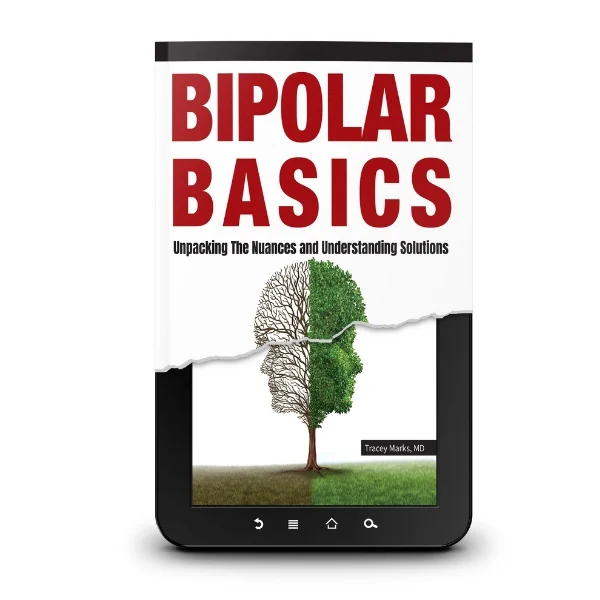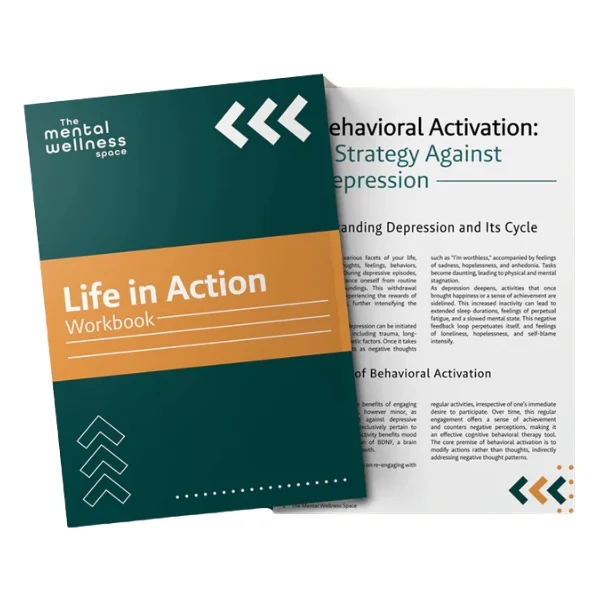Understanding ADHD: Key Core Beliefs
This video is based on Schema Therapy. Schema is a framework for how you see yourself. This framework is built by your early life experiences, but it also adjusts over time as you have new experiences. There are 18 schemas or core beliefs that have been identified, but this video covers 3 that have been identified to be common in adults who have ADHD, even if you were never diagnosed as a child.
Products To Support You

Bipolar Basics Guide Ebook

Life In Action Digital Workbook
Schema 1 - Feeling defective
You feel inadequate at all levels. This can make you hypersensitive to criticism and rejection. You can also feel insecure around people and always be in a state of comparing yourself to others.
Schema 2 - A basic sense of failure.
Essentially you feel you haven’t met your potential. With this schema people often feel inept, stupid, lacking talent or just doomed to be less successful than everyone else. This can cause you to give up easily on things or not even try something because after all, you’re not going to be good at it.
Schema 3 - Insufficient self-control
You can’t rely on yourself to accomplish the things you need to. You can’t tolerate the frustration that comes with waiting for a desired outcome. Also through this schema you avoid certain responsibilities or duties that are uncomfortable even if it means missing out on something that could advance you.
Over the years you can develop a cycle of negative experiences that lead to a negative appraisal of yourself. This leads to maladaptive coping strategies like procrastinating, or avoiding things altogether. This creates negative emotions like depression, anxiety, guilt, anger and frustration.
Then these coping strategies and negative emotions confirm your core beliefs that you’re defective, you’re a failure and you have insufficient self-control.
What can you do about it?
One goal is to change your core beliefs about yourself because those beliefs perpetuate the dysfunctional behavior like avoidance and procrastination which creates more problems for you. This is best done with the help of a therapist who is trained in Schema Therapy.
A second goal is to change your coping strategies in a way that modifies your schema or core beliefs. The new feedback that you get from others and yourself becomes more positive. Your schema is formed from your experiences and how you respond to input you get externally. Therefore, consistent positive feedback helps to change your schema.
Stay tuned for more information on how to change some of the dysfunctional behavior’s that perpetuate the negative core beliefs.

